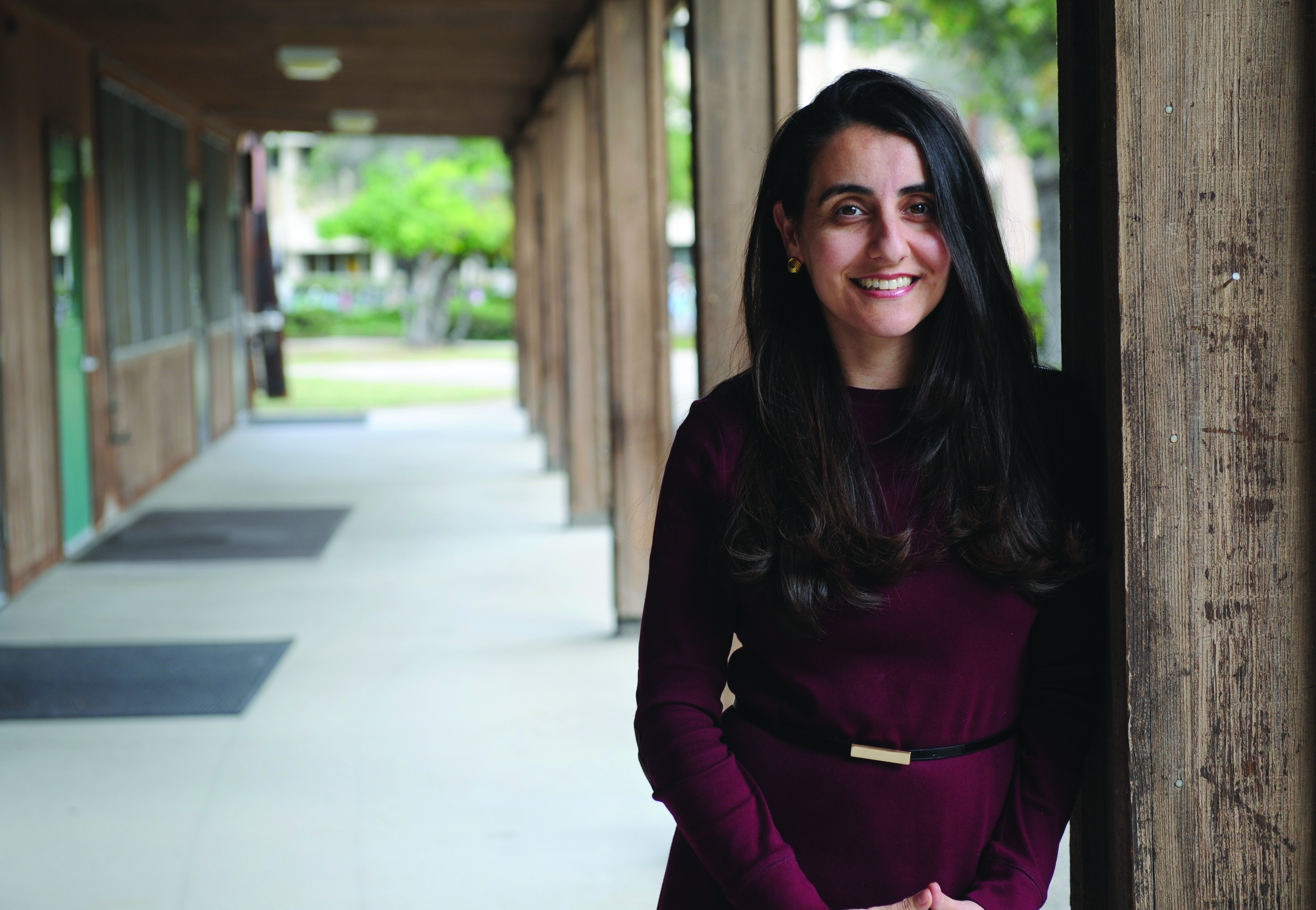2020 Census Delayed by Coronavirus
Assemblymember Monique Limón on the Decadal Count’s Importance

The Census Bureau is asking Congress for four additional months to complete its count after being knocked off track by the coronavirus. But despite being sidelined by the outbreak, the once-per-decade count remains critical, said State Assemblymember Monique Limón, who represents Santa Barbara and Ventura Counties.
“It’s such an important civic duty,” said Limón. “This is not about any one individual, but our collective knowledge of the people that are in our county and the resources we need to make this a thriving community.”
While the Census Bureau is legally required to deliver the final figures to the president by December 31, census officials have proposed moving the deadline to April 2021. The extra time will be crucial in California, which is considered at high risk of an undercount.
The census is used to set the number of seats each state gets in the House of Representatives and to draw legislative districts. It also influences how resources are allocated to communities — including federal and state funding, hospital beds, schools, new roads and highways, and more.
In fact, the coronavirus outbreak is revealing the importance of an accurate count, Limón said. The Coronavirus Aid, Relief, and Economic Security Act, signed into law on March 27, provides direct federal aid to counties with populations over 500,000 — and that population data comes straight from the Census Bureau. (Santa Barbara County fell short of the threshold, with a population of 446,000.)
An accurate count is also critical for disaster response — and Santa Barbara County has a long history of natural disasters. Census data helps officials determine how much federal emergency aid a county receives, how many people need to be evacuated, which neighborhoods have more at-risk residents, and more.
“If you think about that, you don’t want to undercount,” Limón said. “All of this is tied, most importantly, to resources — critical resources for a community.”
Santa Barbara County is especially at risk for undercounting, since about half of its residents live in “hard-to-count” census tracts. These areas tend to have higher numbers of crowded rental units, low-income households, limited English speakers, non-high school graduates, or children below the age of five.
The California government allocated more than $90 million to its Census 2020 outreach program — including over $300,000 to Santa Barbara County — with the hopes of reaching these hard-to-count populations.
But the coronavirus outbreak forced the state to change its plans. With door-to-door outreach now off the table, the state is focusing on its “very active” online and virtual campaigns, Limón said. They’re also doing limited in-person outreach in places where essential services are still being provided, like the Foodbank.
Meanwhile, the exodus of college students complicates the count. Many students returned to their hometowns once their schools switched to online learning, and some might decide to fill out the census for their hometown address instead of their school address. It’s important for college students to be counted in the county they spend most of their time, Limón said.
“When the Thomas Fire happened, for example, knowing the population at Westmont [College] was important to us because they were part of the evacuations,” Limón said.
Despite these challenges, Santa Barbara County’s self-response rate as of Wednesday was about 59 percent, higher than the state average of around 56 percent. The Channel Islands area had a self-response rate of zero, the lowest in the county.
Households can fill out the census online, over the phone, or by mail. The process takes “minutes,” Limón said.
“It does not take very long,” she said. “We hope that they’ll remember how easy it is and the impact it will have.”
Census takers are scheduled to start knocking on non-responders’ doors in August, and the count is scheduled to end on October 31, assuming no further delays.
At the Santa Barbara Independent, our staff continues to cover every aspect of the COVID-19 pandemic. Support the important work we do by making a


